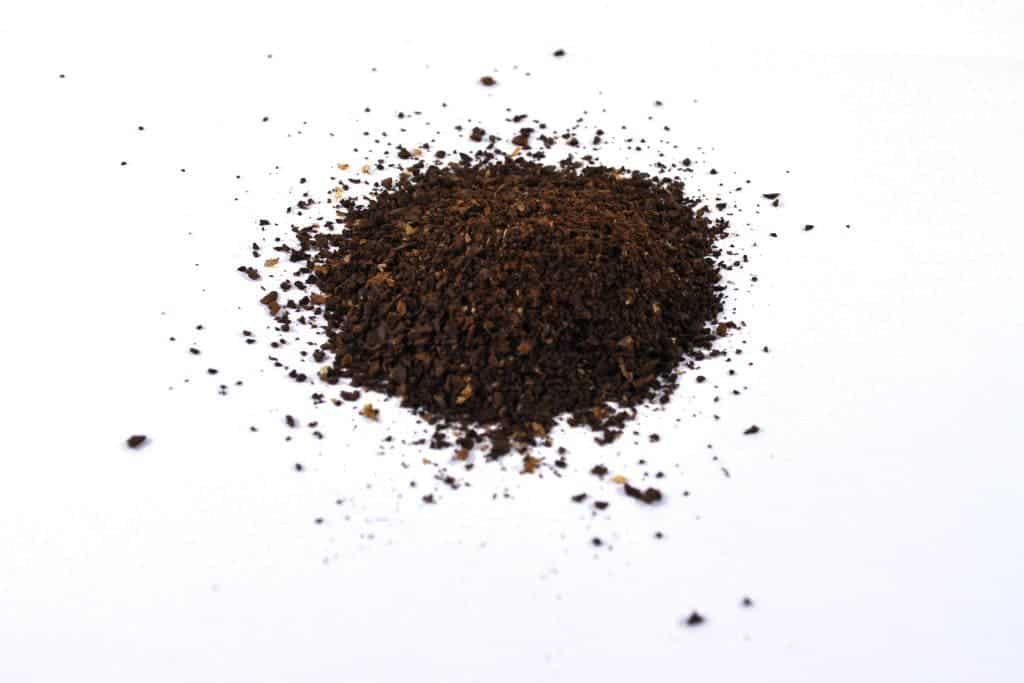Soon, coffee lovers around the world might find a new exciting option in supermarkets, one that researchers promise will significantly improve their drinking experience. It’s cryo-ground coffee: produced with beans cooled at -100ºC and then ground. It’s healthier, tastes better, and has a better aroma, proponents say.

Most coffee buyers prefer ground coffee to whole beans, but preferences can vary across the world. Ground coffee accounts for 60% and 45% of the retail coffee markets in Russia and Germany, respectively. The main argument against ground coffee is that it doesn’t usually have the same high-quality features that whole beans have. This could soon change thanks to a new cryogenic grinding technology.
A team of Russian researchers from the Skotelch came across a paper in the journal Nature last year that described how roasted coffee beans were cooled to ultra-low temperature and then grounded in a mill. The study showed that grinding at those temperatures increased the uniformity of the particles by 15-20%.
“Cryogrinding is a complex process that needs to achieve three independent objectives at the same time: maximize coffee oil preservation for improved aroma and healthiness, maximize particle homogeneity for taste clarity, and minimize ownership cost of equipment (including energy) and as a result the price for consumers,” Smirnov told ZME Science.
The finding inspired Smirnov and a group of researchers to do their own experiments. Comparing coffee ground from beans cooled to -100 °C to the beans ground at room temperature, they discovered that the latter looked damper and stickier than the dry and powdery cryoground coffee, which hints at desirable coffee properties.

In regular grinding, the researchers explained, aromatic coffee oils are squeezed out through micropores in the coffee particles, react with oxygen, and volatilize. This means that the brewed coffee has far fewer aromatic and healthy components. But in the cryogenic ground, frozen oils can’t escape through the micropores – retaining the freshness, aroma, and health benefits for longer.
“Uniformity means that there are fewer particles that are too small or too large. Smaller particles add a bitter taste, while large ones make the coffee watery. When off-size particles are few, the brewed coffee has a more vivid taste without a trace of bitterness,” Dima Smirnov, Skoltech graduate, explains in a statement.
While it sounds much better than the regular kind, the technology to introduce cryogenic grinding in the retail sector isn’t truly available. In 2014, Russian researchers created a cryogenic cooling system that reduced costs significantly. Now, they improved the system’s performance even further and launched a pilot production facility under the brand Coffeehouse Ground.
The researchers believe that this way of producing coffee will be cost-efficient and sustainable in the short term, allowing people to buy it in stores. Later on, the equipment could be optimized even further in order to be used in coffee shops and restaurants. The equipment can be scaled up to produce 50 kilograms of coffee per day but with more research, it could be scaled even further.


